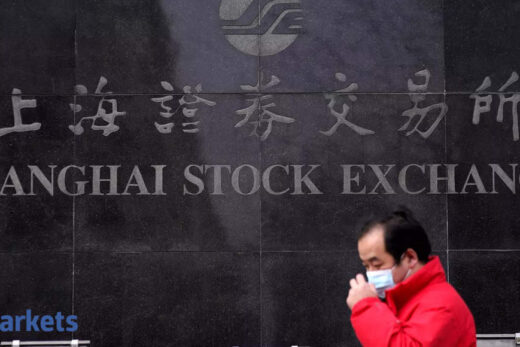94%
≠
94%
Investors have indeed received Rs 24,000 crore in six tranches in the past seven months. But this is not 94% of the current AUM of the six closed schemes. It is 94% of the AUM that got locked in April 2020. Comparing the payouts made in 2021 with the AUM of more than 16 months ago is not only misleading but statistically faulty. If you go by this calculation, investors in the Franklin Low Duration Fund have already got back 106% of the AUM that got locked. Incidentally, the fund still has an estimated Rs 140 crore yet to be paid out.
Franklin Templeton Asset Management President Sanjay Sapre has repeatedly stressed in his updates to investors that “the NAV of each of the six schemes is higher than the NAV as on 23 April 2020”. Surely, the fund house did not expect the NAVs of the schemes to remain fixed at the same level while fund managers tried to recover the investors’ money stuck in poor investments.
Performance of the six schemes since closure
Some outperformed their categories but others have lagged.


All quiet on segregation front
While the payout figures and corresponding percentages are enthusiastically conveyed by Franklin Templeton to investors, there is very little on the estimated Rs 3,000 crore worth of bonds that have been either written off or locked up in segregated portfolios. “Franklin Templeton should update investors on the status of these investments and the probability of their recovery,” says Manoj Nagpal, CEO of investment research firm Outlook Asia Capital. Segregated portfolios of the closed schemes hold AT1 bonds issued by Yes Bank and NCDs issued by Vodafone. Like many other fund houses and investors holding Yes Bank AT1 bonds, Franklin investors too should not have false hopes of recovering any money there. But now even the Vodafone securities have started looking shaky.
Side pockets of five schemes hold Vodafone Idea NCDs worth about Rs 1,200 crore. These NCDs are maturing in September 2023. Till two months ago, the Franklin Templeton fact sheets referred to the Vodafone NCDs as “10.90% Vodafone Idea Ltd 02SEP2023 P/C 03SEP2021”. This led some to believe that these securities had a ‘put’ option dated 3 September. A ‘put’ option gives the right to the bondholders to enforce repayment of the principal before maturity. But the August fact sheet from Franklin Templeton has removed the suffix “P/C 03SEP2021” from the security name.
Franklin Templeton clarifies that there was never a ‘put’ option in the Vodafone NCDs, but only an interest rate reset option. “The change in nomenclature is only to incorporate the revised valuation methodology and does not in any way change the underlying transaction structure or the rights available to the NCD holders,” says a spokesperson of the fund house.
There is also a deafening silence on the securities worth an estimated Rs 2,000 crore issued by the ADAG, Essar and Future Groups. These securities were marked down to zero as per Sebi guidelines and could bring a windfall for investors if the money gets recovered. “The unitholders, irrespective of extinguishment of units through the winding-up process, will remain beneficial owners for the distributable recovery made by the schemes from such assets,” says a Franklin Templeton spokesperson.
Did you lose out?
The performance of the six funds has been a mixed bag. While one fund (Low Duration Fund) has outperformed the category by a wide margin, two other schemes have done marginally better than their categories and three have underperformed.
More than the returns, the loss of liquidity has hurt investors badly. Many who had parked money in the schemes for the short term were denied access. The worst hit were probably those who were using the funds for systematic withdrawals in retirement. They suddenly had no source of income. A few investors who might have started systematic transfer plans into equity funds would have also lost a golden opportunity when the source schemes closed and transfers stopped.
Investors who entered the funds after February 2018 were also badly hit. Many of them must have hoped to pay a lower tax rate of 20% after indexation on long-term capital gains after three years. Instead, they got saddled with short-term capital gains on which they will now pay the normal slab rate applicable to them.



